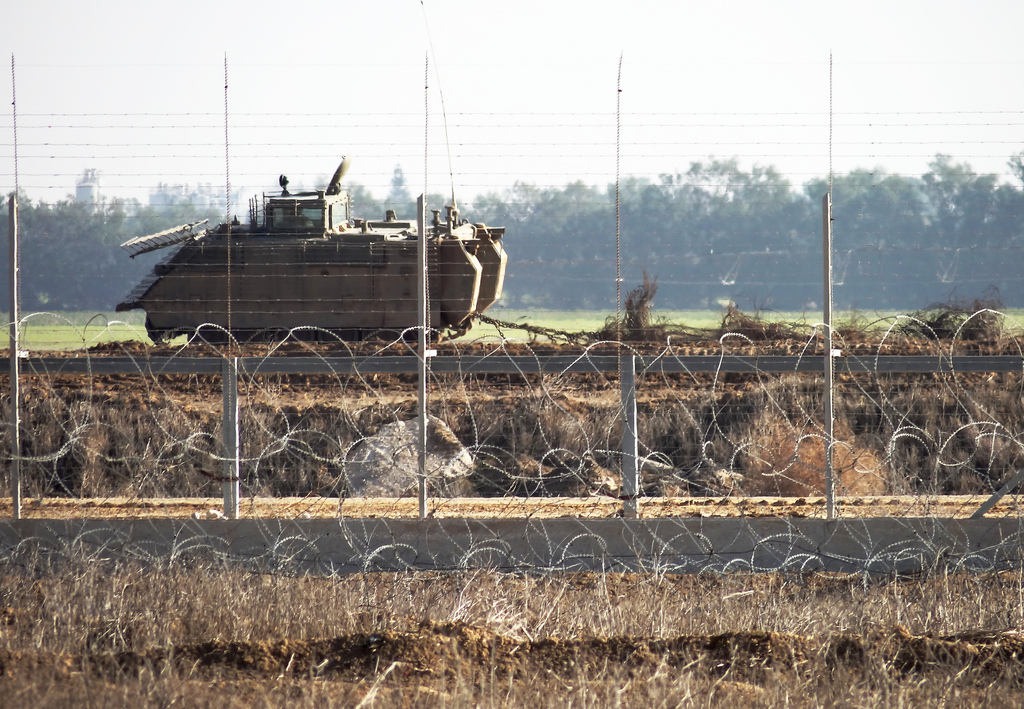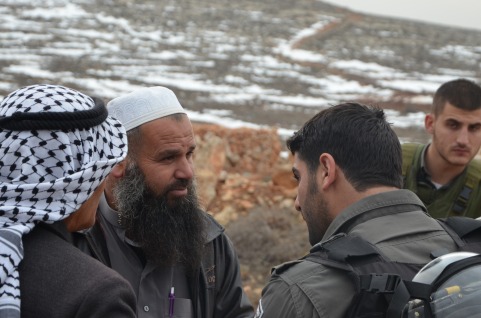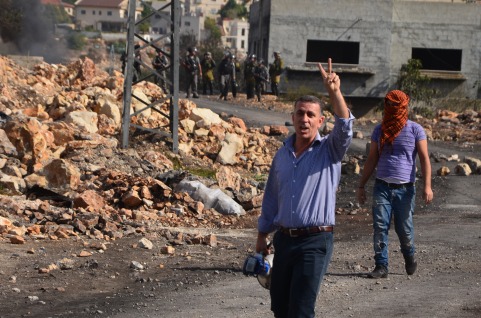Category: Reports
-
Israeli army confiscates land in Qusra
26th December 2013 | International Solidarity Movement, Nablus Team | Qusra, Occupied Palestine Israeli soldiers have declared a road south of Qusra, in Nablus District, a security zone, thus denying villagers access to over 500 dunams of their farmland. At 10:00 this morning, Israeli soldiers positioned themselves at various strategic points around the village. The commander then held…
-
UPDATED: Murad Eshtewi, head of the Popular Committee of Kafr Qaddum, has been arrested
21st December 2013 | International Solidarity Movement, Nablus Team | Kafr Qaddum, Occupied Palestine Second Update 24th December: A military judge has ruled that Murad Eshtewi will be released from prison with a 7000 NIS bail. Nery Ramati, Murad’s lawyer, argued that it was unreasonable to continue to hold Murad for interrogation as he had not been…



